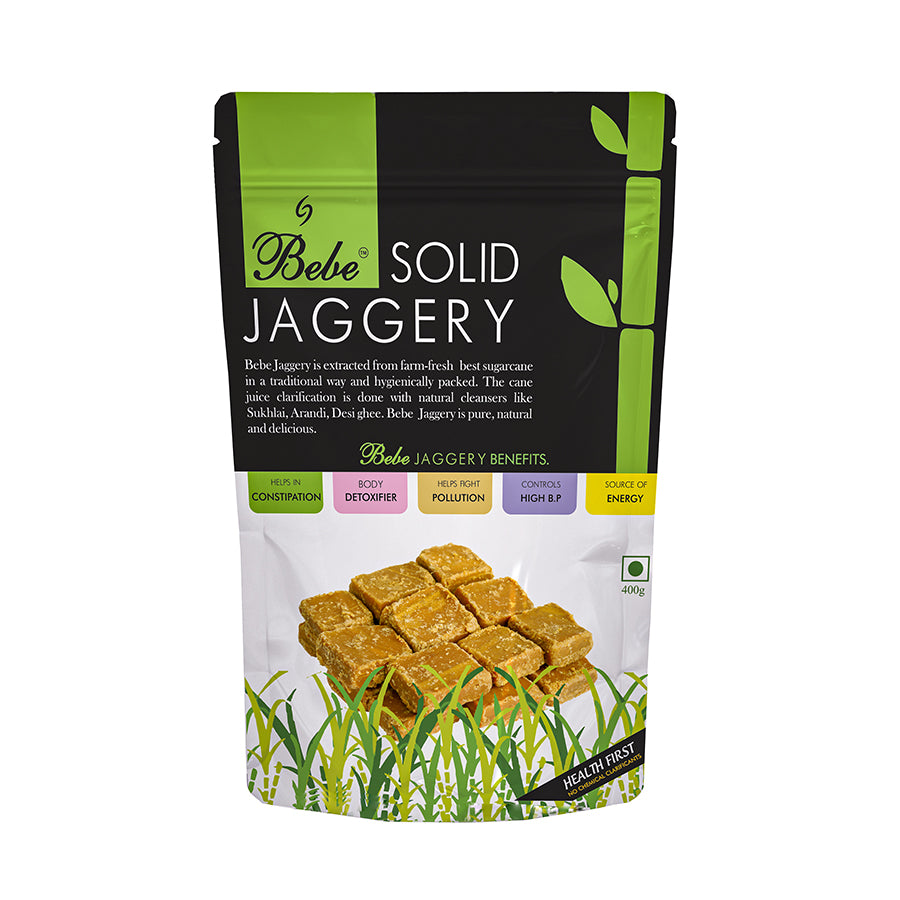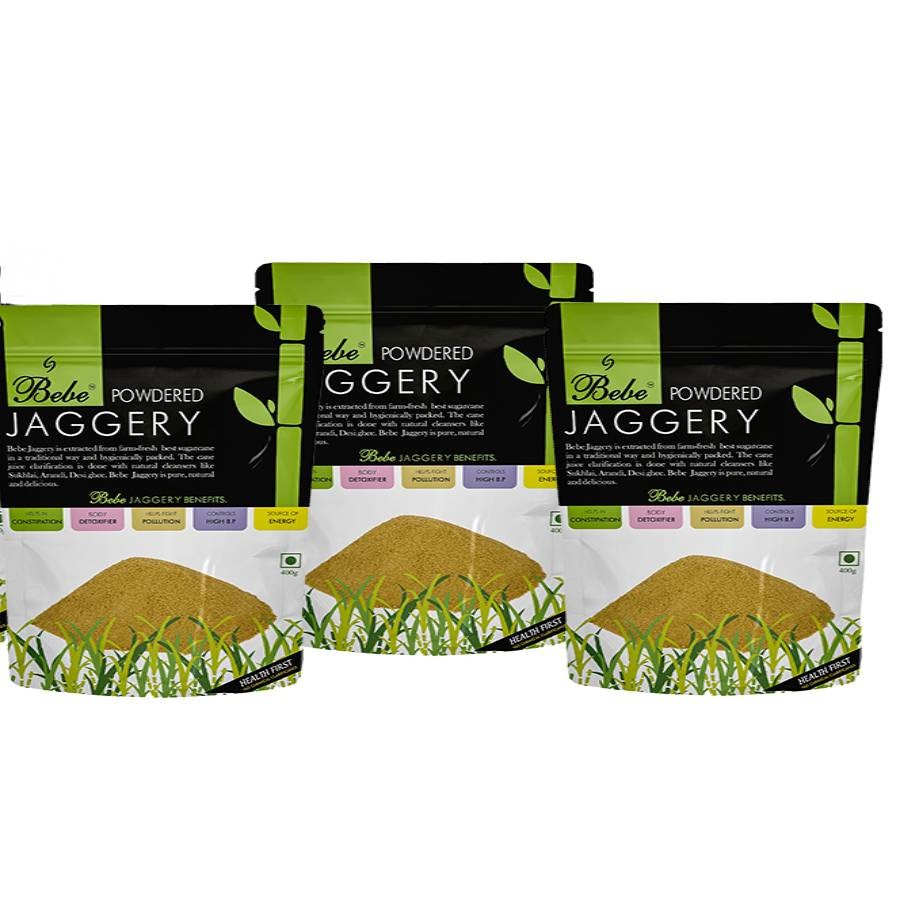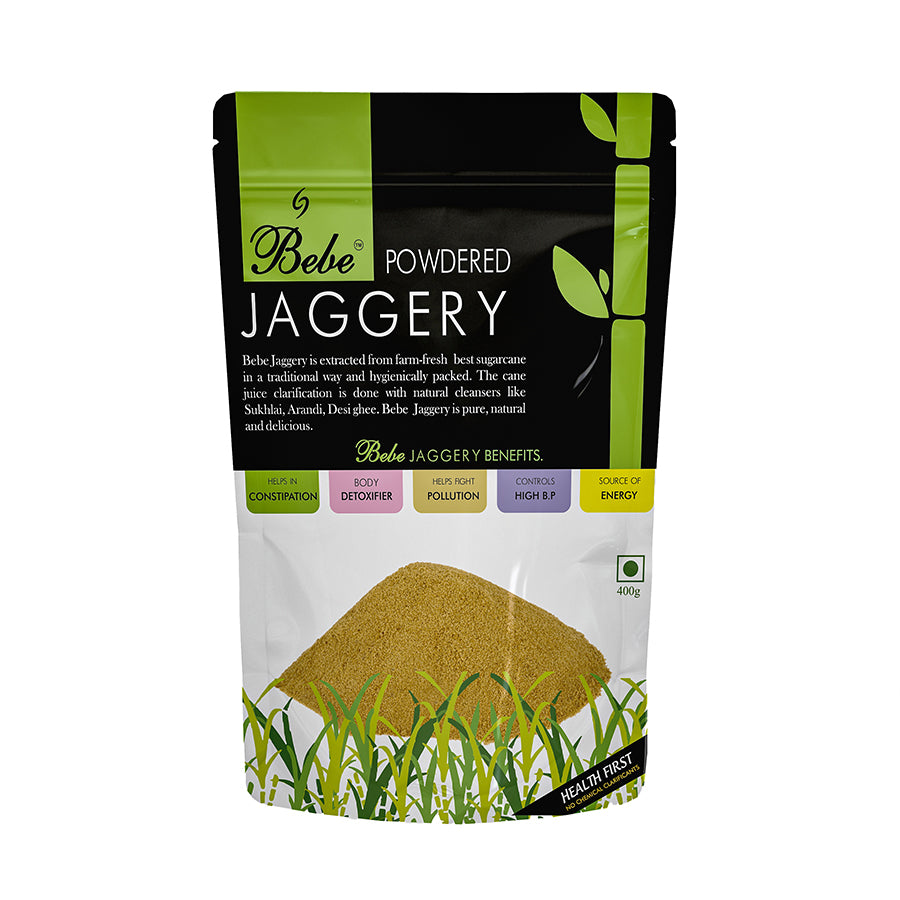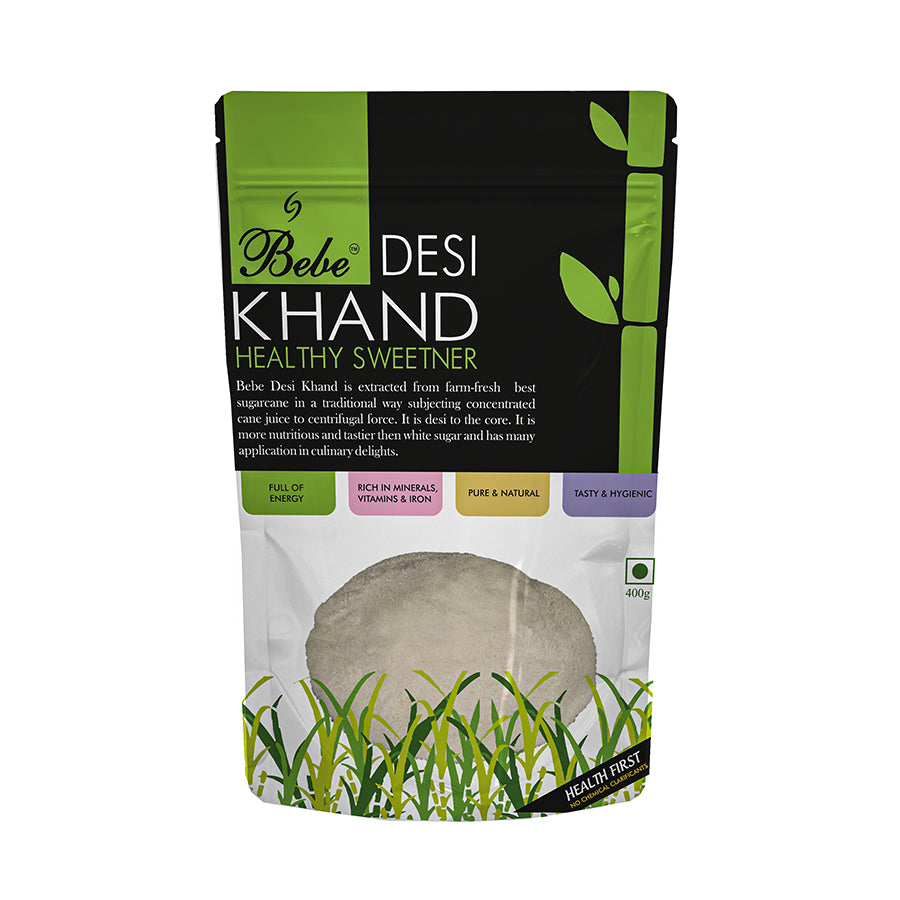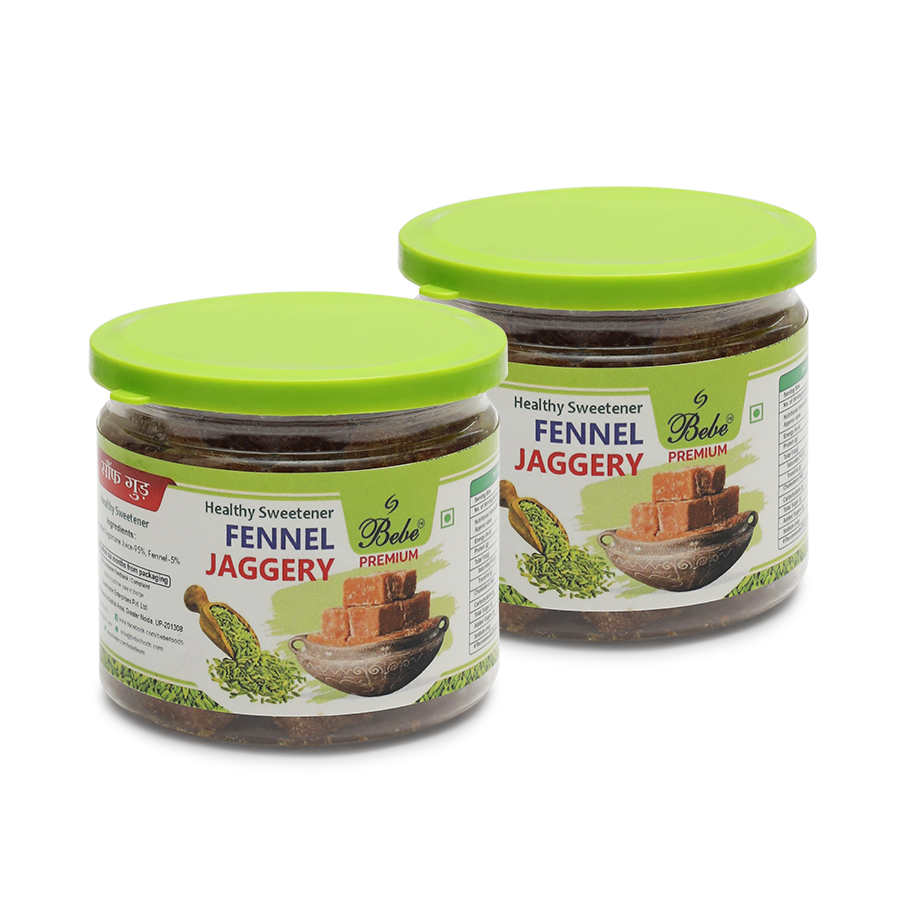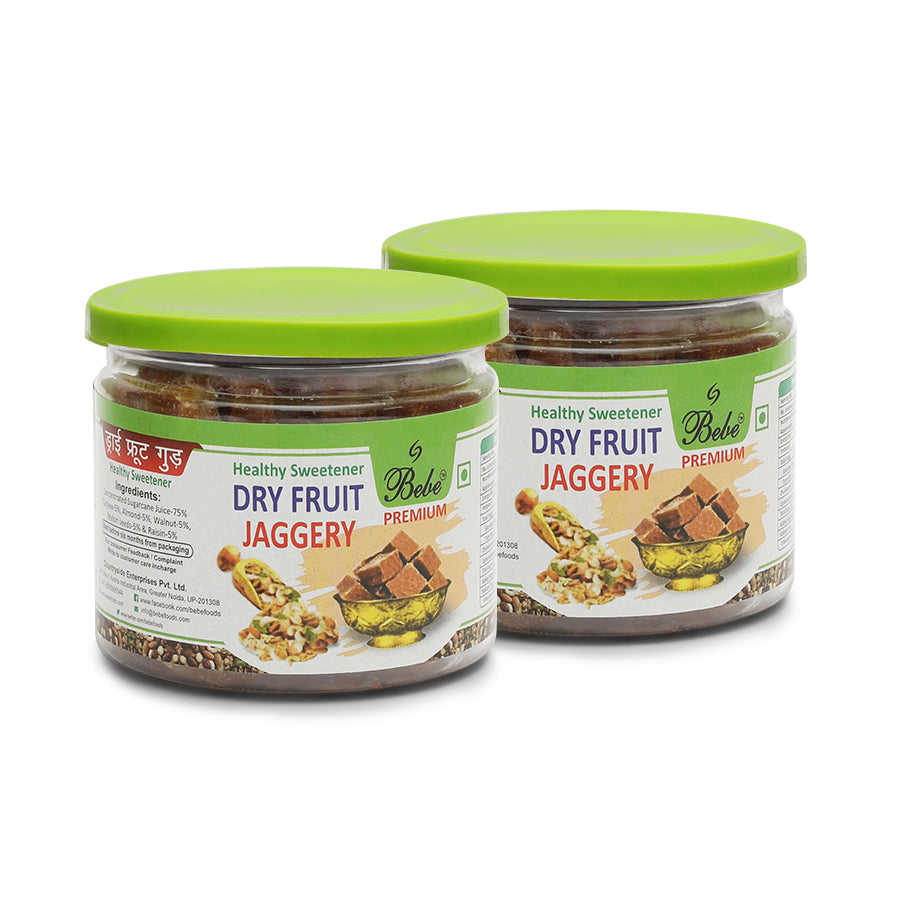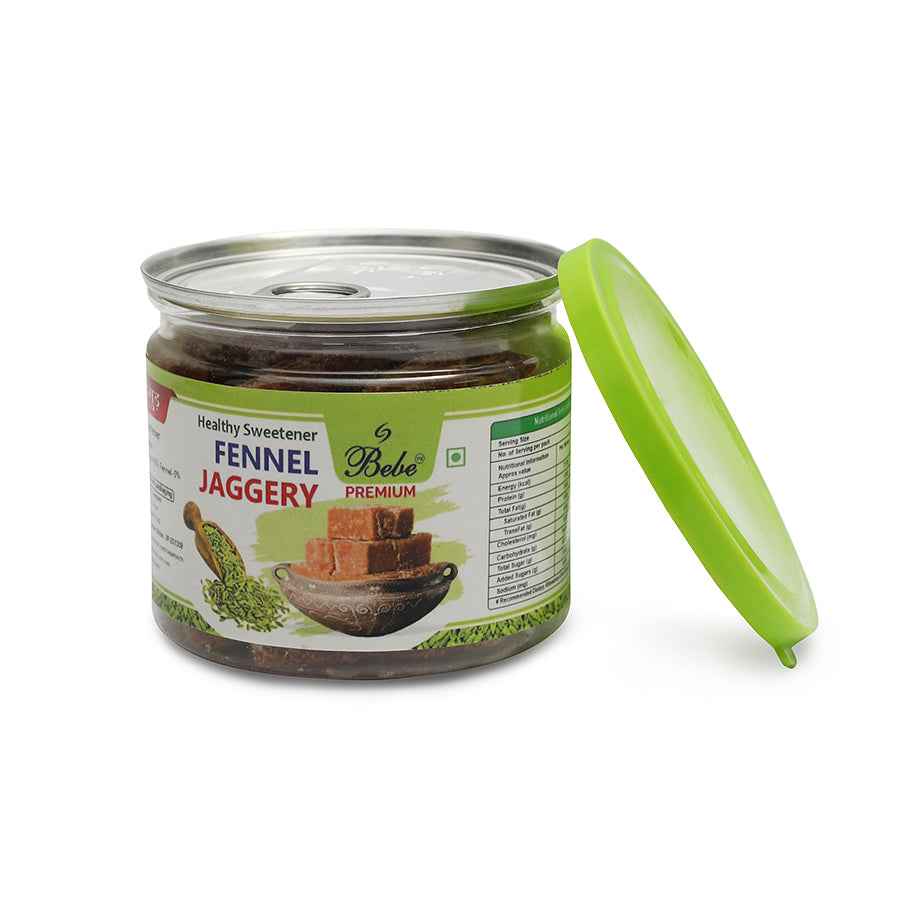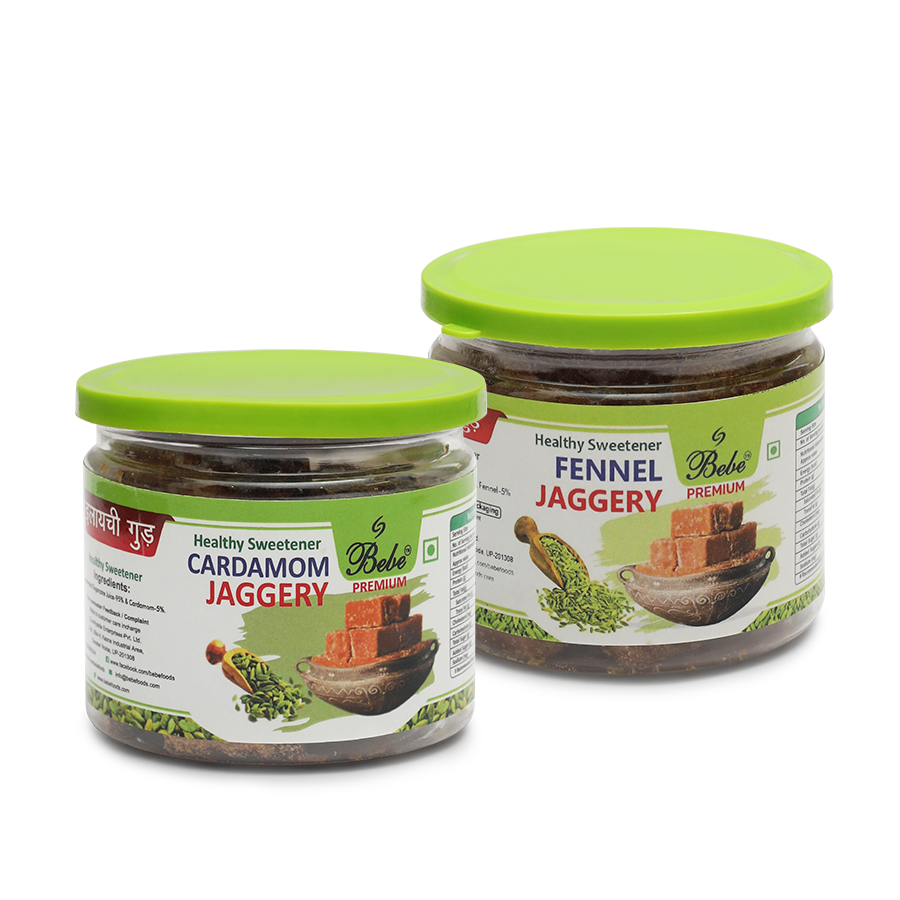
How to Store Jaggery in Rainy Season

Jaggery, a traditional and natural sweetener, holds a special place in many kitchens across the world, particularly in India. Made from sugarcane juice or palm sap, jaggery is known for its rich flavor, nutritional benefits, and versatility. However, one of the significant challenges in storing jaggery, especially during the rainy season, is its tendency to attract moisture and become sticky or moldy. At Bebe Foods, we understand the importance of preserving the quality of jaggery. This article provides detailed insights into effective storage methods to keep your jaggery fresh and safe during the monsoon.
Understanding the Nature of Jaggery
Jaggery is hygroscopic, meaning it easily absorbs moisture from the air. This characteristic makes it particularly vulnerable during the rainy season when humidity levels are high. Excess moisture can lead to mold growth, fermentation, and a change in texture, compromising the quality and taste of the jaggery. To prevent these issues, proper storage techniques are essential.
Key Factors Affecting Jaggery Storage
- Humidity: High humidity levels increase the moisture content in the air, which jaggery readily absorbs.
- Temperature: Fluctuating temperatures can cause condensation, leading to moisture build-up.
- Air Exposure: Prolonged exposure to air can result in jaggery absorbing more moisture and becoming sticky.
- Storage Containers: The type of container used for storing jaggery significantly impacts its shelf life.
Effective Storage Techniques for Jaggery
- Use Airtight Containers
The first and most crucial step in storing jaggery is to use airtight containers. These containers prevent air from coming into contact with the jaggery, thereby reducing moisture absorption. Glass jars with rubber seals, plastic containers with tight lids, or stainless steel containers are excellent choices. Ensure the container is completely dry before placing the jaggery inside.
- Store in a Cool, Dry Place
Select a storage location that is cool and dry. Avoid places that are prone to temperature fluctuations or direct sunlight. A pantry or a kitchen cabinet away from the stove or oven is ideal. The cool environment helps in slowing down the rate of moisture absorption and prevents the jaggery from melting or becoming too soft.
- Use Desiccants
Desiccants are substances that absorb moisture from the air. Including a small packet of silica gel or activated charcoal in the storage container can help in keeping the environment dry. Ensure that the desiccant does not come into direct contact with the jaggery by placing it in a small breathable pouch or wrapping it in a piece of cloth.
- Wrap in Food-Grade Paper
Wrapping jaggery blocks in food-grade paper before placing them in an airtight container can provide an additional layer of protection. The paper absorbs any excess moisture that may enter the container, keeping the jaggery dry. Avoid using newspapers or any printed paper, as the ink may transfer to the jaggery.
- Use Cling Film or Aluminium Foil
For extra precaution, wrap the jaggery in cling film or aluminium foil. This method is particularly useful for smaller pieces of jaggery. The wrap acts as a barrier to moisture and air, ensuring that the jaggery remains fresh.
Additional Tips for Storing Jaggery During the Rainy Season
- Regular Inspection: Periodically check the stored jaggery for any signs of moisture or mold. If you notice any changes, address them immediately to prevent further spoilage.
- Separate Storage: Store different types of jaggery separately. For instance, store sugarcane jaggery and palm jaggery in different containers to avoid cross-contamination of flavors and moisture.
- Use Smaller Containers: If you have a large quantity of jaggery, divide it into smaller portions and store them in separate containers. This way, you only expose a small portion at a time, reducing the risk of the entire batch becoming spoiled.
- Maintain Cleanliness: Ensure that your hands and utensils are clean and dry when handling jaggery. Any moisture or contamination can lead to faster spoilage.
Why Choose Bebe Foods for Your Jaggery Needs?
At Bebe Foods, we prioritize quality and customer satisfaction. Our jaggery is sourced from the finest ingredients, ensuring that you receive a product that is pure, natural, and rich in flavor. We understand the challenges of storing jaggery, especially during the monsoon, and we are committed to providing you with the best practices to maintain its freshness. Our special packaging is equally good to keep jaggery fresh all year round so that every time you buy Jaggery from Bebe Foods, it’s fresh and in ready-to-eat form for you.
Please make sure that whenever you buy Bebe Jaggery, the product’s seal is intact. This will ensure that Bebe Jaggery reaches your food plates in its best form.
Storing jaggery during the rainy season can be challenging, but with the right techniques, it is entirely manageable. By using airtight containers, desiccants, and proper wrapping methods, you can ensure that your jaggery remains fresh and retains its flavor and nutritional benefits. At Bebe Foods, we are dedicated to providing you with high-quality jaggery and valuable tips to make your culinary experiences delightful. Embrace these storage practices and enjoy the natural sweetness of jaggery throughout the monsoon.
By following the tips and techniques outlined above, you can preserve the quality of your jaggery even during the humid and wet conditions of the rainy season. At Bebe Foods, we strive to offer not just exceptional products but also the knowledge to help you get the most out of them. Store your jaggery with care, and relish its rich taste and health benefits all year round.







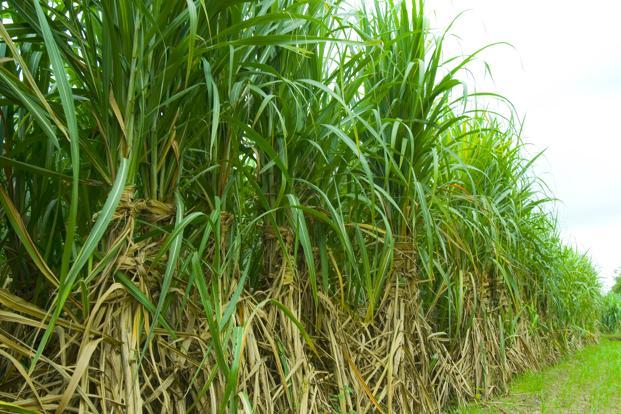
![Bebe Jaggery Sachets 600g, [150g x 4 packs]](http://bebefoods.com/cdn/shop/files/1.jpg?v=1717235899)
![Bebe Jaggery Sachets 600g, [150g x 4 packs]](http://bebefoods.com/cdn/shop/files/2.jpg?v=1717235899)
![Bebe khand Sachets 600g [150g x 4 packs]](http://bebefoods.com/cdn/shop/files/2_65987286-ab77-44db-9cae-69ac50e920a4.png?v=1750527284)
![Bebe khand Sachets 600g [150g x 4 packs]](http://bebefoods.com/cdn/shop/files/4_295f1632-1a69-4fcb-aa69-1172c2928b52.png?v=1750527252)

